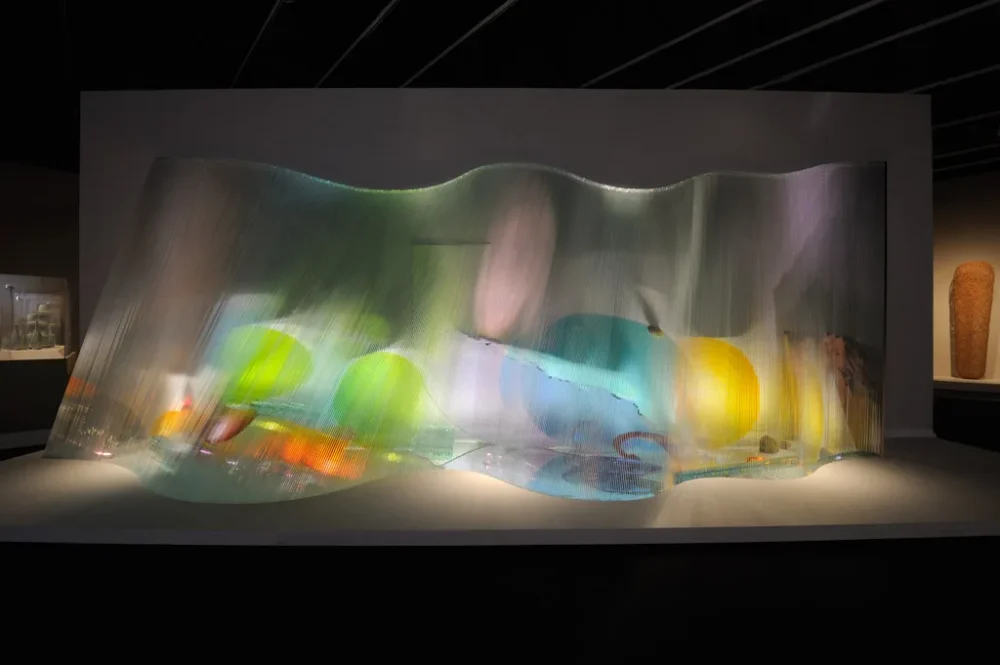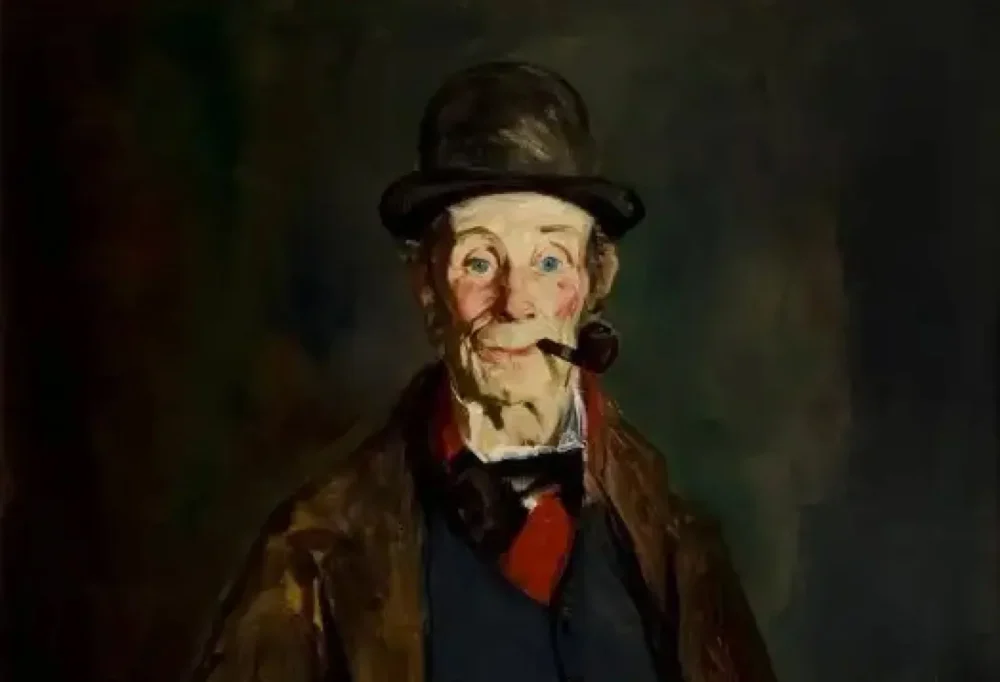West Meets East
May 21 - September 4, 2016
Mint Museum Randolph
Through Friday, April 26, the outbound lanes of the Levine Center for the Arts parking garage main exit will be closed. Parkers will need to exit the garage at the South Church Street exit.
May 21 - September 4, 2016
Mint Museum Randolph
Today, these titles are quite rare and the Mint is one of the few cultural institutions in the South to have them all. Very significant to the history of decorative arts, these volumes are hidden treasures until now, their first time on public view.
Historian Robert Finlay has stated that “no other culture struck Europe with such concentrated force…. Chinese philosophy, government, art, architecture, and landscape design seized the imagination of Europe’s elite.”
The books on display from The Mint Museum Library ‘s collection influenced, inspired, and documented the impact of Chinese culture on Europe in the seventeenth and eighteenth centuries. Translated into multiple languages, each title was a bestseller of its day, enabled by advances in printing, and an increasingly literate and leisured
populace with a fierce desire for information about the exotic.
Jean-Baptiste Du Halde’s The General History of China (1736) contains a detailed description of the porcelain-making process enabling its wide-spread manufacture in the West. Atlas Chinensis (1671) and An Embassy from the East India Company (1673) include descriptions and images, both fanciful and factual, that influenced the shape, function, design, and decoration of ceramics, and even more broadly influenced Western fine and applied arts, specifically the rise of Chinoiserie in the eighteenth century.
Today, these titles are quite rare and the Mint is one of the few cultural institutions in the South to have them all. Very significant to the history of decorative arts, these volumes are hidden treasures until now, their first time on public view.

Permanent Collection
Mint Museum Uptown

Permanent Collection
Mint Museum Uptown